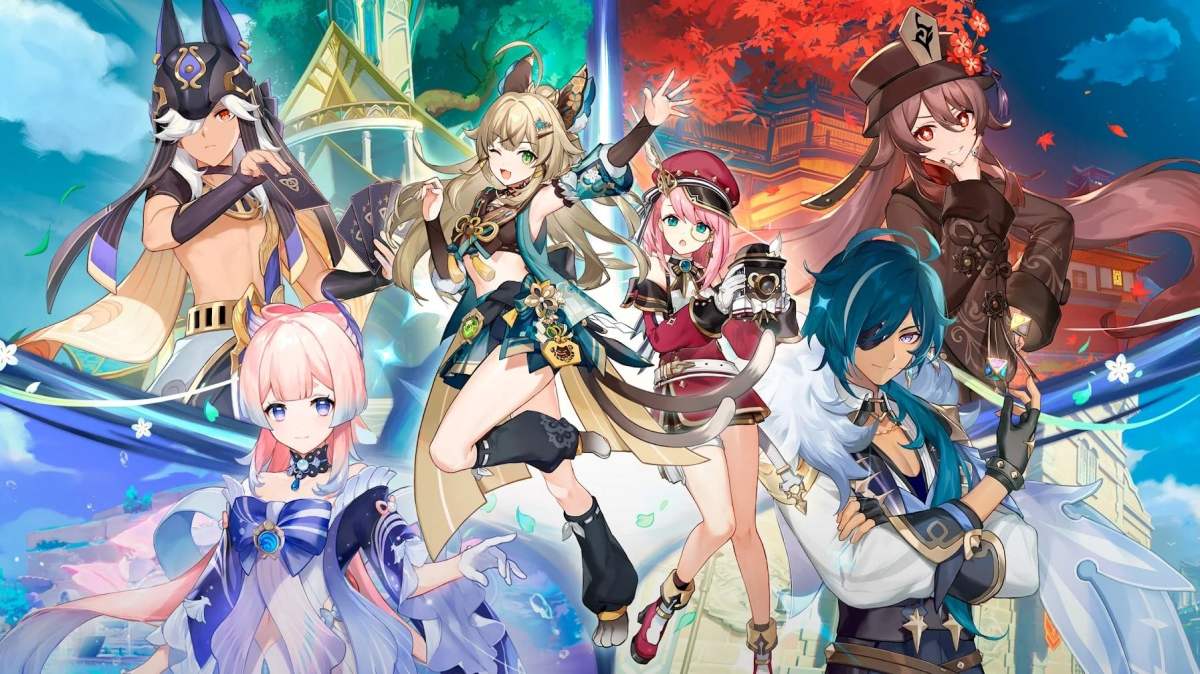At a birthday party in Shinjuku, a group of people are having drinks and talking about the newest Genshin Impact characters, just released alongside a recent update.
‘If she’s really your waifu, you’d C6 her,’ one of them teases.
‘All I have is 20 wishes and a dream,’ says another.
It’s been almost three years since the launch of Genshin Impact, the first globally successful gacha game that now has an active player base of over 60 million users, but more importantly, 60 million wallets. Such success has brought scrutiny, as ‘gacha’ has been one of the most controversial game genres in recent years. Is its free-to-play model an inclusive one, or is it pure manipulation?
In talking to veteran gacha gamers and content creators, I discovered how gacha games can be both a waifu or husbando dream for some, and a financial nightmare for others.
Table of Contents
What is ‘Gacha’?
A gacha game is a specific type of video game whereby ‘gacha’ represents a core game mechanic. In essence, the mechanic encourages players to spend in-game currency for a chance to get a high-rarity item or character. In an Uppsala Universitet thesis, ‘What Aspects of Gacha Games Keep the Players Engaged’, authors Rentia and Karaseva describe gacha as ‘a monetisation model that emerged in video games, containing randomised virtual in-game rewards with varying rarities.’
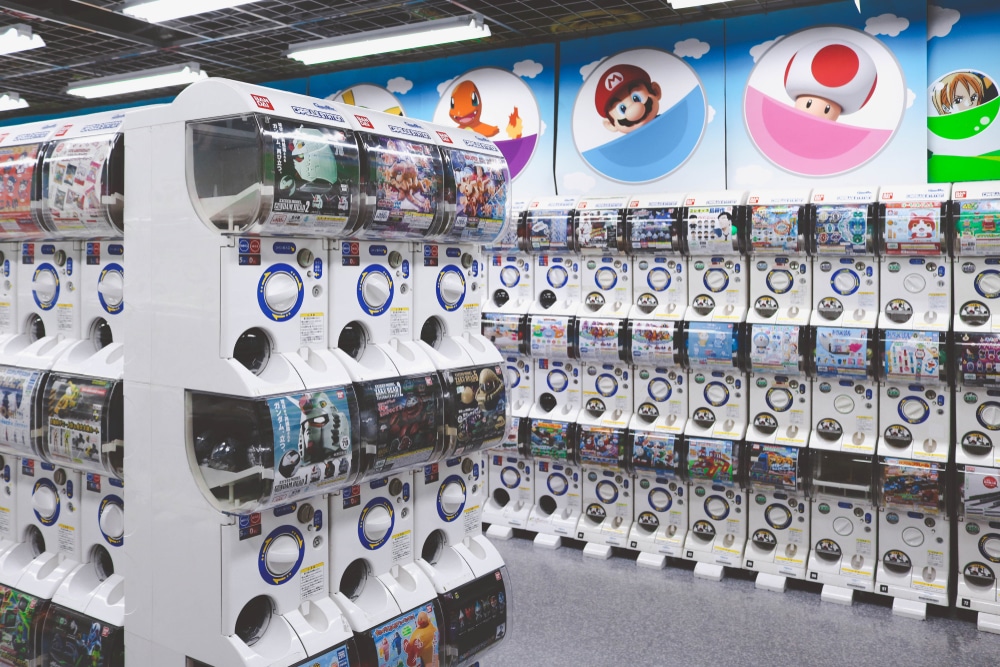
The genre gets the gacha name from ‘gachapon’, a type of vending machine popularised in Japan that dispenses capsule toys in a randomised manner. Within video games, the form, the type of in-game currency, how it can be earned, as well as the ‘drop rate’ (the likelihood of receiving the limited character or item) are all variables depending on the gacha game you’re playing. Typically, gacha takes the form of ‘banners’ which display featured characters, items, or weapons, and they rotate on a set schedule.
For many of us in the Western world, our first proper introduction to the gacha genre was the arrival of Genshin Impact in September 2020. However, in parts of Asia such as Japan, China and Korea, gacha gaming has been a mainstay, due to the regions being pro-mobile gaming markets, and the fact that most gacha games are also mobile games.
Maple Story, an MMORPG from 2003 is often cited as one of the first games to incorporate gacha, where an in-game currency literally called ‘gachapon ticket’ could be purchased with real money and exchanged within the game for a random reward. Konami’s Dragon Collection (2010) and Epic Seven (2018) are noted as some of the first mobile games built around gacha, and are a trading card game and turned-based RPG, respectively.
‘[The gacha gaming landscape] was a wild west, truth be told, prior to Hoyoverse’s Genshin Impact,’ says Gacha Gamer, a YouTube channel dedicated to covering news and guides in the gacha gaming space.
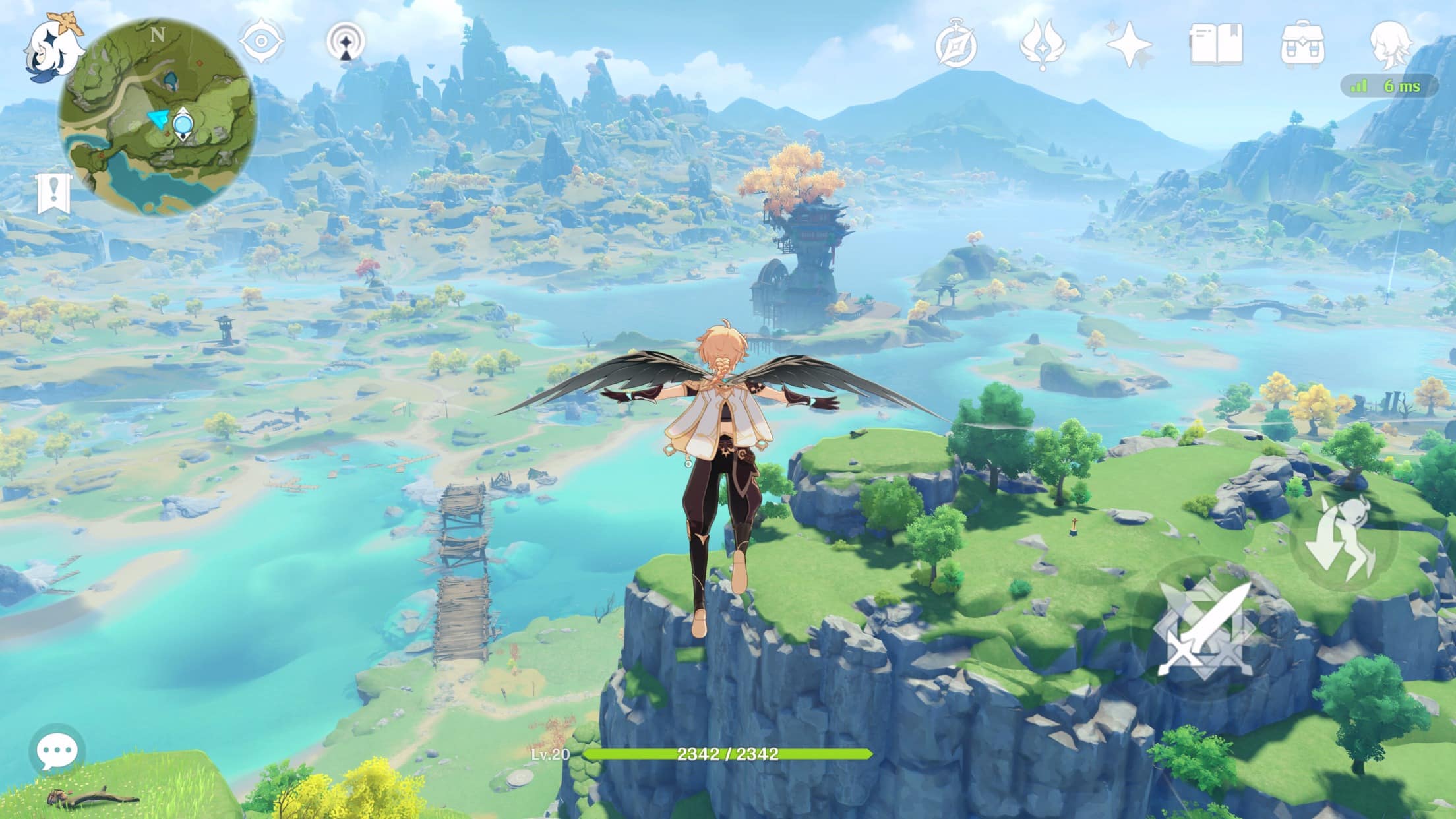
‘Genshin Impact has raised the bar and put gacha gaming into mainstream media. I see a lot of developers now focusing on bigger [gacha] projects. Sadly, they all seem to think that it needs to be an action RPG set in the open-world and we’ve already seen quite a few flops trying to recreate Genshin’s success.’
Gacha vs Lootboxes
It’s common to conflate gacha with lootboxes, another randomised reward mechanic that exists in games like Call of Duty: Mobile, Apex Legends, and previously, Overwatch. A key difference is that gacha is mostly found in free-to-play games, where the gacha itself is the main monetisation model, and the rewards have ramifications on the game itself. In contrast, lootboxes can be found as supplementary systems in full-price games, and are also often purely cosmetic, rewarding the player with character or weapon skins that fundamentally do not change gameplay.
‘[Compared to lootboxes], the gacha reward is more integral to the gameplay,’ says KleefulFrames, a gacha game theory-crafter. ‘What developers are putting behind the gacha paywall is whether a player can or can’t do something within the game.’
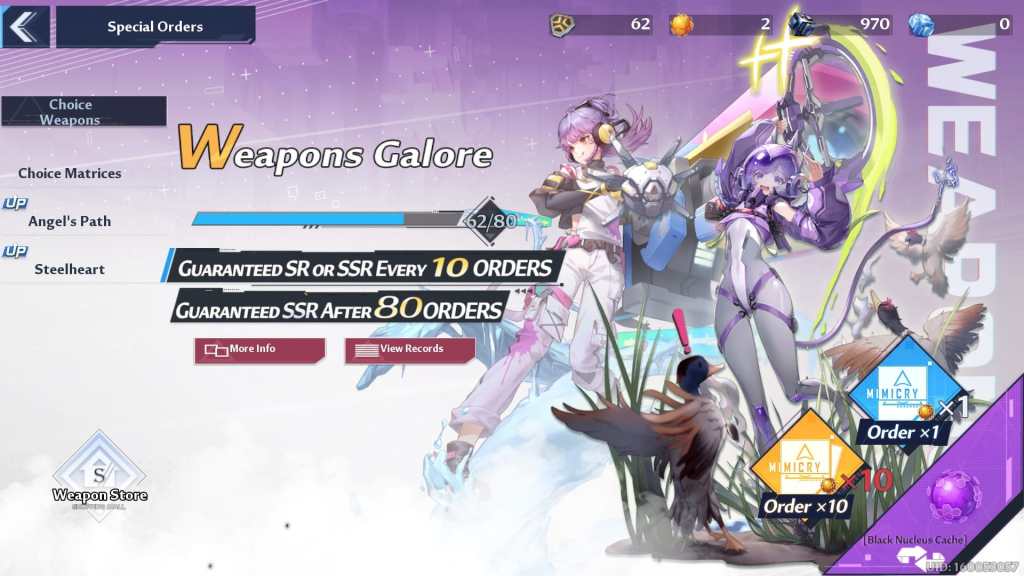
An example is Kaedahara Kazuha, a 5-star character in Genshin Impact, who is the only character with an Elemental Skill that can both crowd control enemies by pulling them in, while simultaneously launching him into the air.
His Elemental Burst deals Anemo damage and can also absorb another element, infusing it and consistently applying it to enemies in a large field. Pulling on Kazuha’s gacha banner and successfully getting him means unlocking a unique, specific playstyle and subsequent combinations with other characters that you would otherwise not have access to.
Why Do Players Pull?
Focusing on gacha as a means to unlock a wider variety of gameplay is just one facet. By making characters the prize, developers are better poised to build compelling backstories, cool designs and desirable personalities, all of which fuel an emotional connection between the game and the player.
A study by Yi Hong Tan of Nanyang Technical University surveyed participants from the Reddit board r/gachagaming to investigate the motivation of gacha players. Rather than the dice-rolling mechanic of gacha games being the compelling trigger, results indicated that players found the parasocial connection formed with in-game characters, as well as the social bonds formed amongst the players themselves, played an important role in satisfying a player’s need for relatability.
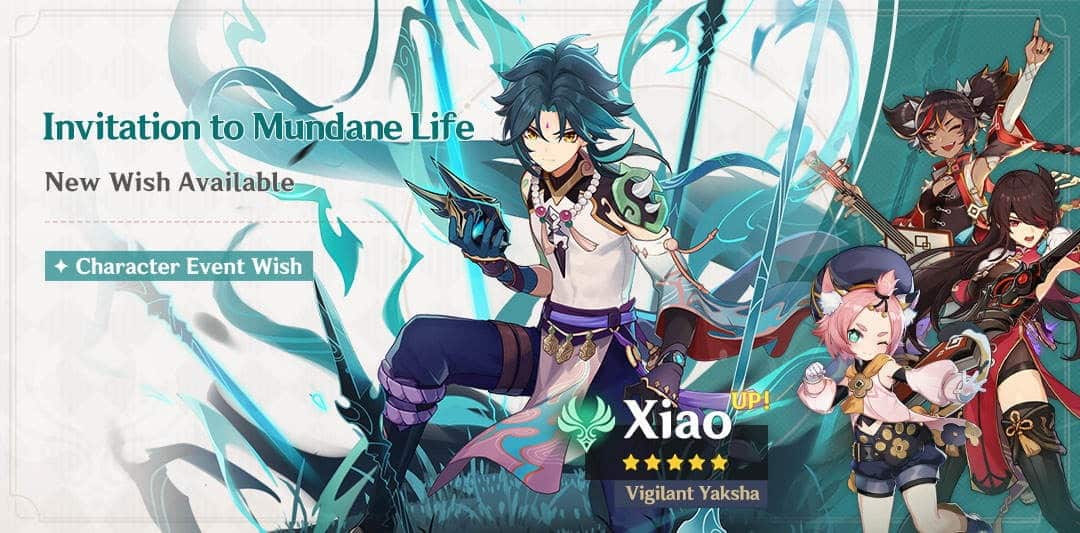
‘When Xiao was announced in Genshin, he became an extremely popular character,’ says Gacha Gamer. ‘A lot of people thought his design was really cool and badass, as he was modelled on Chinese mythological elements. But he also has a sensitive side to him where he cares for the other characters. Many people would be able to relate to that kind of personality. Xiao is a great example of good character design and a complex backstory.’
The proof is in the dollars.
While sales data from gacha games are mostly shrouded in secret, revenue reports on
Gacha Drop Rates and Controversies
The allure of characters, combined with the notoriously low drop rates is the reason why for some, gacha games are akin to gambling.
A Reddit post from 2020 surveyed the banner drop rates across 13 gacha games based on a simulation of 1 million rolls. The results showed a base SSR (or comparable five-star) drop rate ranging between 0.5% and 7% with Punishing: Gray Raven offering the lowest, and Azur Lane offering the highest.
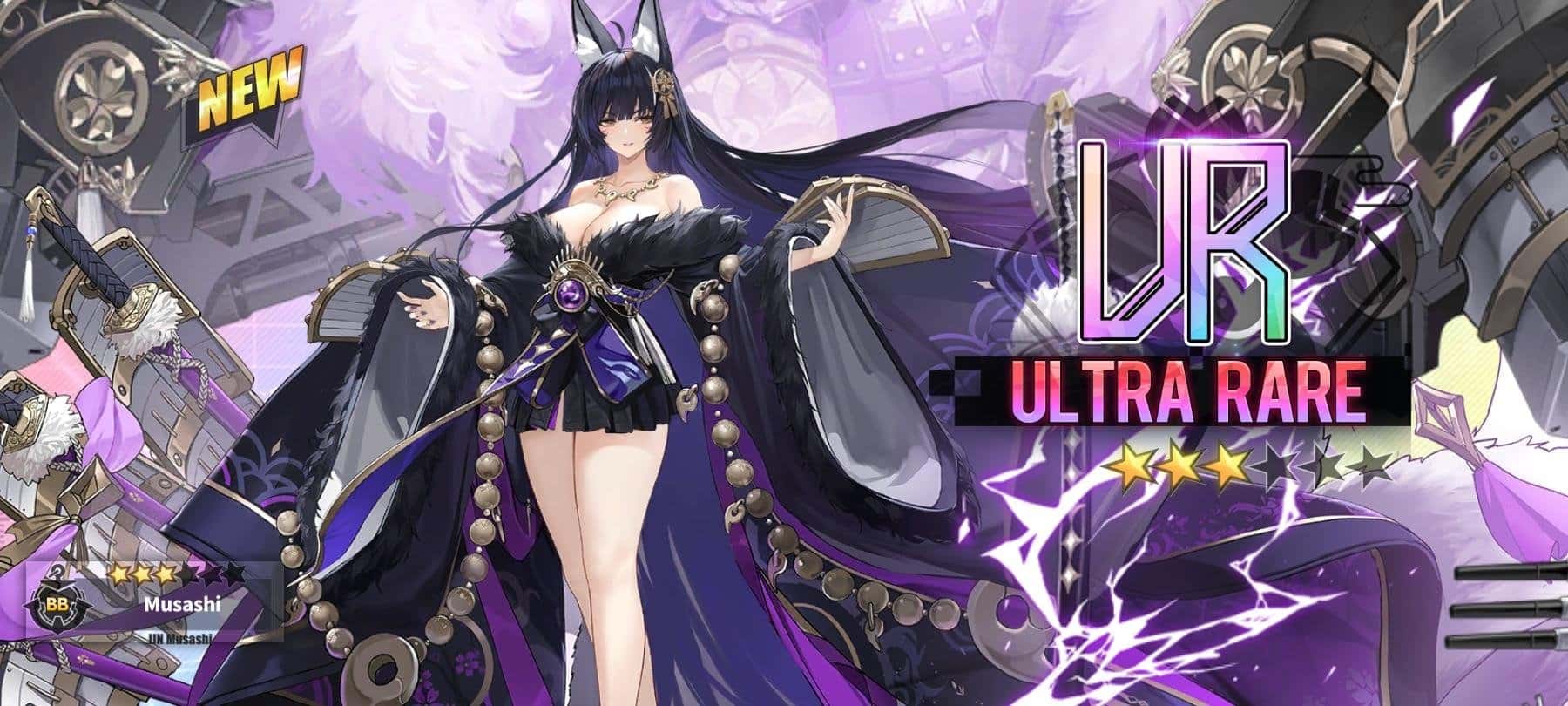
The results go on to also include specific rate-ups (when a featured character has a higher chance to drop for a player), unit guarantees (the point at which the desired character is guaranteed to drop) and pity (the point at which an SSR character is guaranteed to a player).
While helpful to build a benchmark through common denominators in gacha games, the numbers alone don’t take into account the intricacies of the overall gameplay, and the fact that SSR characters aren’t directly comparable across different games. A gacha game that gives away SSR characters more often than another doesn’t equate to players having an easier time with the game itself.
All content creators we spoke to also agree that the concept of ‘pity’ is a must when it comes to gacha. Otherwise, players can risk injecting cash endlessly into a game with no coveted character on the horizon.
Read: Meta and mathematicians: The world of Genshin Impact theorycrafting
How Much is a Character Worth?
Realistically, how much money is needed to get a single five-star character? In Genshin Impact, 180 pulls on the limited character banner are what is required to get the character advertised in a worst-case scenario, should you be incredibly unlucky at every pull, while also losing your 50-50 chance to get the on-banner character at your 90th pull.
Each pull costs 160 Primogems, which equates to 160 Genesis Crystals, the purchasable in-game currency. 180 pulls x 160 Primogems = 28,800 Genesis Crystals.
By purchasing the largest Crystal Top-Up (best value for money) at 6,480 Genesis Crystals, a player would need AUD $160 x 4 Top-Ups = AUD $640 for a single limited banner character.
To further put this investment into perspective, that’s the value of 8 copies of The Legend of Zelda: Tears of the Kingdom, retailing at AUD $79.
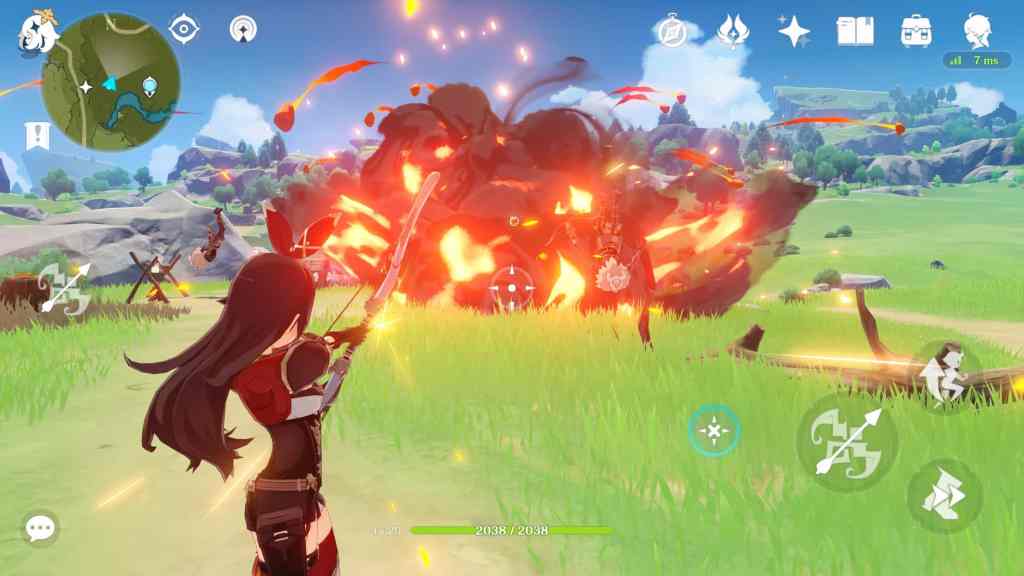
This specific example does, however, ignore Primogems acquired by playing the game regularly and participating in sporadic events. But at a rough calculation of 60 Primogems a day, it would take a player 480 days of non-stop play to accrue the same amount from daily task rewards.
Not every player is a ‘whale’ – a term for users that spend a disproportionate amount of money on the game to obtain the best characters and equipment. The true monetary value of a whale depends on the game and community sentiment, but a ‘whale account’ is usually identified by one that has maxed out copies of several SSR/five-star characters and their weapons.
Whales also make up a small minority of the community but are known to ‘carry’ the success of a game as their spendings contribute towards the majority of the gacha game’s revenue. Nevertheless, reports of gacha addicts sending their family into debt due to uncontrollable spending are heartbreaking reminders that gacha tactics can be predatory.
What Makes A Good Gacha Game?
As the gacha game genre continues to mature, players are increasingly less satisfied with the cheap thrills of cool-looking 2D characters and the dopamine rush from pulling. The gameplay itself must be enticing, particularly for live services games, as consistent player retention is key to success.
All games within the genre should typically incorporate a gameplay loop that encourages regular logins, such as daily tasks that reward you for simply turning the game on and completing a series of small quests. To stave off monotony, updates should happen on a regular basis, including limited-time events, new characters, and advancements to the main overarching story.
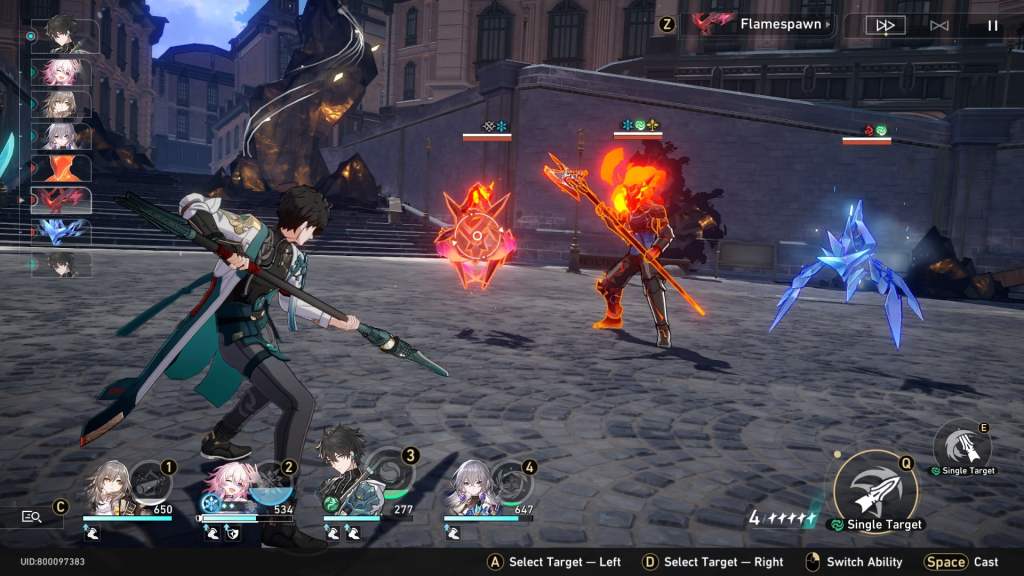
‘What makes a good gacha game is just what makes a good game,’ says Braxophone, a Genshin Impact and Honkai: Star Rail streamer and content creator.
‘Genshin for example, is an open-world RPG with a great combat system. The way that elemental reactions work is so simple yet satisfying to play. And while it does fall in the gacha category, F2P players are not doomed. You can still beat the hardest content without having to spend money within the game.’
Other aspects of a title that are ancillary to gameplay are also responsible for players becoming attached. Part of what sets Hoyoverse’s games apart from the rest is their dedication and investment towards the soundtrack. From hyped-up album releases to collaborations with globally renowned artists like the London Symphony Orchestra and Chinese opera singer Yang Yang, this extra mile keeps communities engaged with their work, even when they aren’t playing the games.
In-person activations also bring the game to life and these are localised to appeal to specific demographics, such as the co-branded Genshin x Cadillac cars in China and the Domino’s Pizza x Genshin collaboration in parts of Southeast Asia. In Japan, the Genshin Impact cafe is now a yearly ritual at Sweets Paradise, a permanent dessert buffet outlet that frequently partners with video game and anime titles.
The result of this is an extremely dedicated fandom that is self-sustaining. Genshin Impact fan art is rampant on social media, with memes and illustrations being posted daily without even needing to be incentivised by Hoyoverse-backed competitions. The intricate character designs and stories have also been the impetus for the myriad of Genshin cosplay seen at every gaming or anime convention in the last three years.
This behaviour is a big reason why Genshin stays relevant in the zeitgeist, even when there’s no exciting new content or updates in the game itself.
Is Gacha the Future of Games?
Envisioning gacha as the future of mainstream gaming is bleak.
With the increasing numbers of subscription-based media consumption, a large segment of the gaming audience just wants to pay once for a product or experience, without being on the hook for as long as they want to keep playing.
But where gacha games were once seen as a quick scam on unsuspecting players masked by poor quality games, companies like Hoyoverse, Level Infinite, Cygames and Yostar have stepped up to significantly raise the bar in regard to the experience.
‘[Gacha game developers] have started to change as players band together, consolidate data, and figure out if the gacha mechanic is badly rigged in any way,’ says Kleeful Frames. ‘Some countries have even adopted laws specifically to prevent potential scams, with many more following suit.’
‘As the [gacha] space continues to become more policed and moderated, companies are cleaning up as well, and realising players can sniff out a scam and greedy behaviour.’
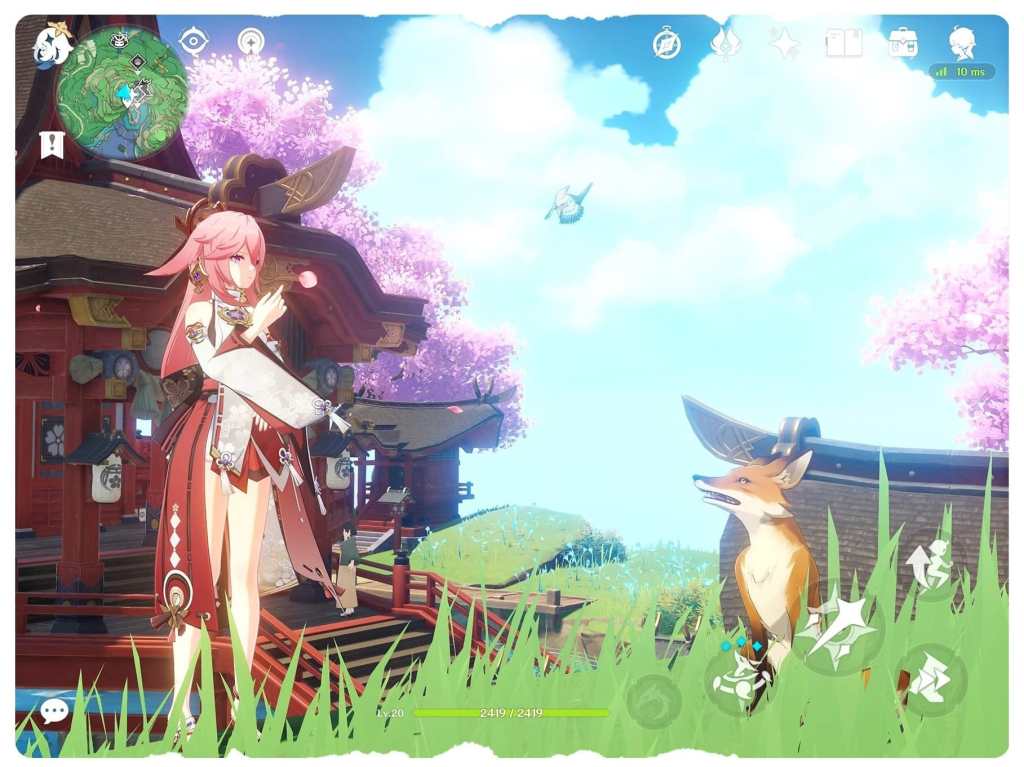
If a player can resist temptation, there is also the other side of the coin, where gacha games are just fundamentally engaging free games.
‘Gacha games that have a free-to-play model can cause gambling problems,’ says Braxophone. ‘But for players who choose not to spend, or are low spenders, this model gives them access to a high-quality game, literally for free.’
This is likely a key reason why gacha games are especially prevalent in lower-socioeconomic regions of the world, such as Southeast Asia, where many players maintain a free-to-play status as a badge of pride, or commit to only low spending, such as with Genshin’s Welkin Moon subscription, which costs AUD $8 per month.
From speaking with well-seasoned Japanese players, it’s clear gacha gaming needs to be approached as a moderate lifestyle choice, rather than an uncontrollable dumping ground for cash.
‘The convenience of mobile gacha games, the attractiveness of the characters and the way they are marketed on social media can get a player very excited,’ says K. W., a Japanese player of gacha games, Love Live School Idol Festival and Uma Musume.
‘For players, it’s important to understand if these companies are developing a game with love or with the sole intention of money. Ultimately, the developers should respect their player base, and the player base needs to plan their budget and play accordingly.’
